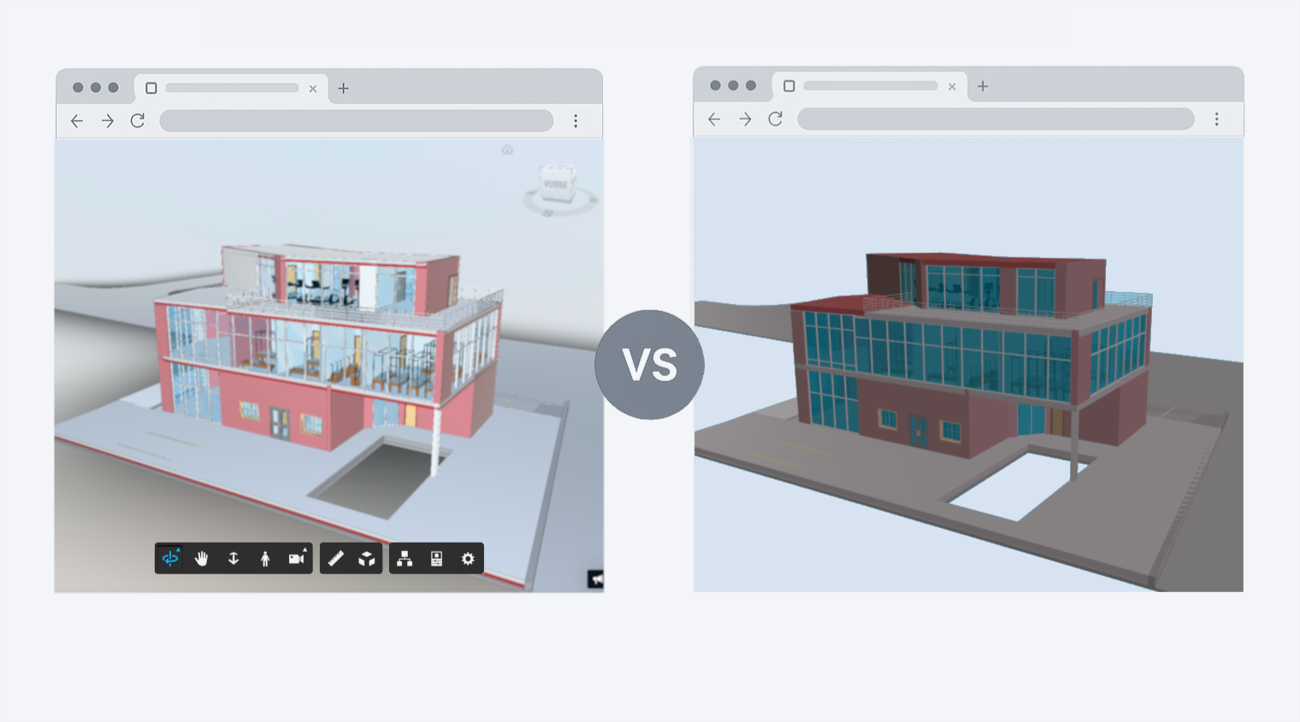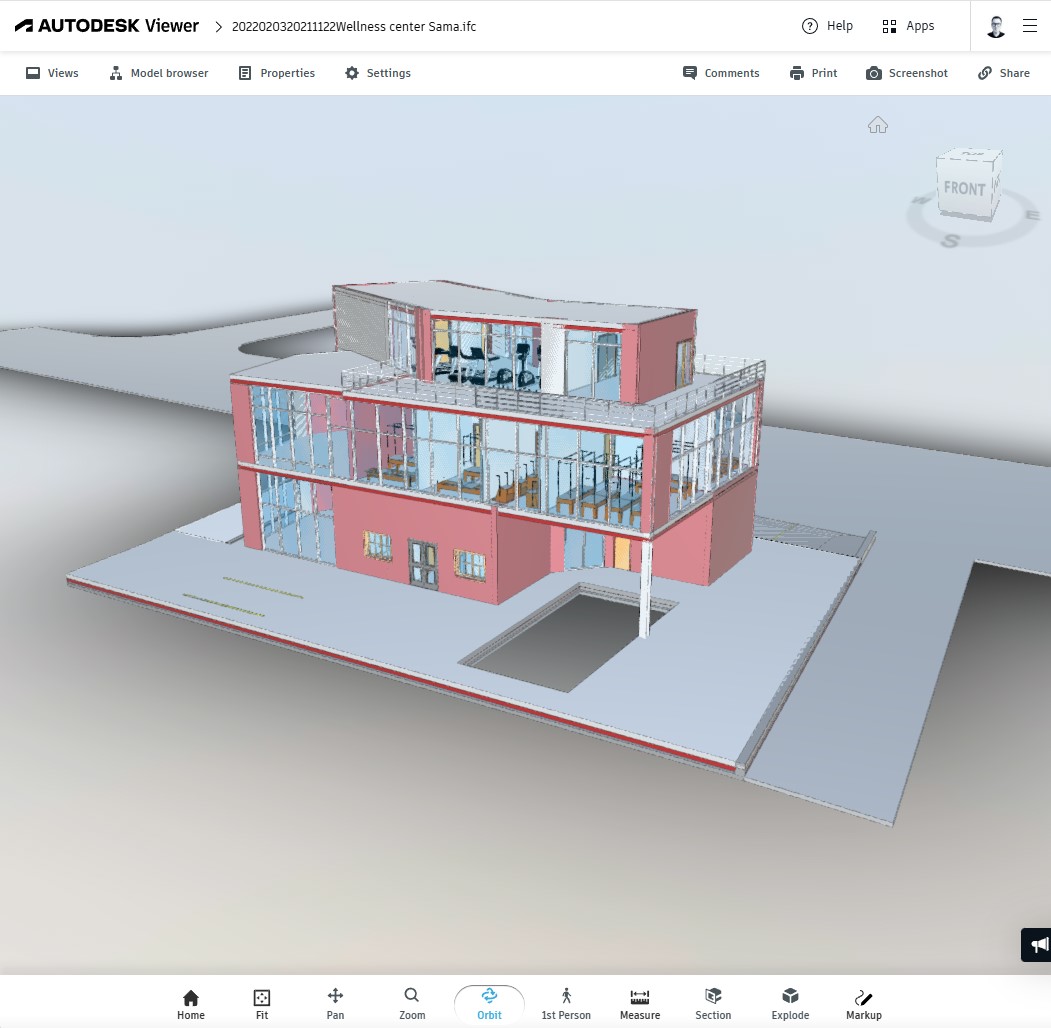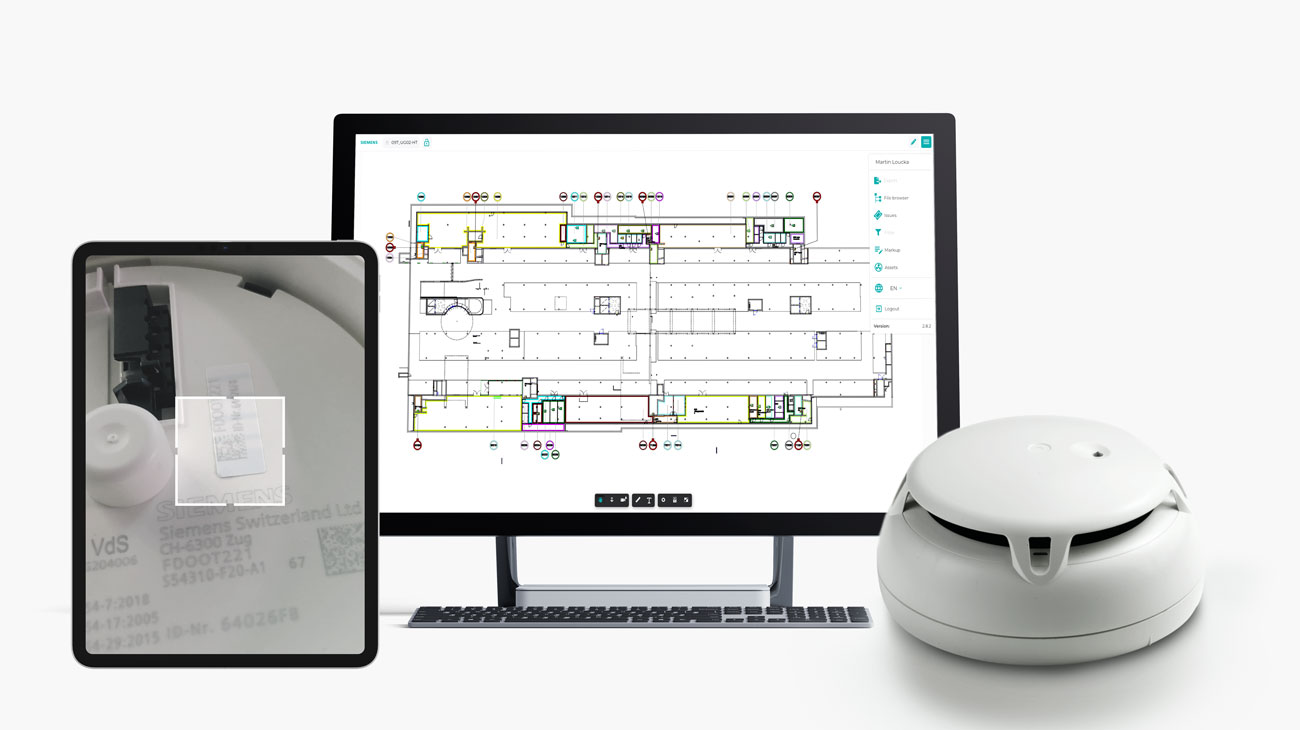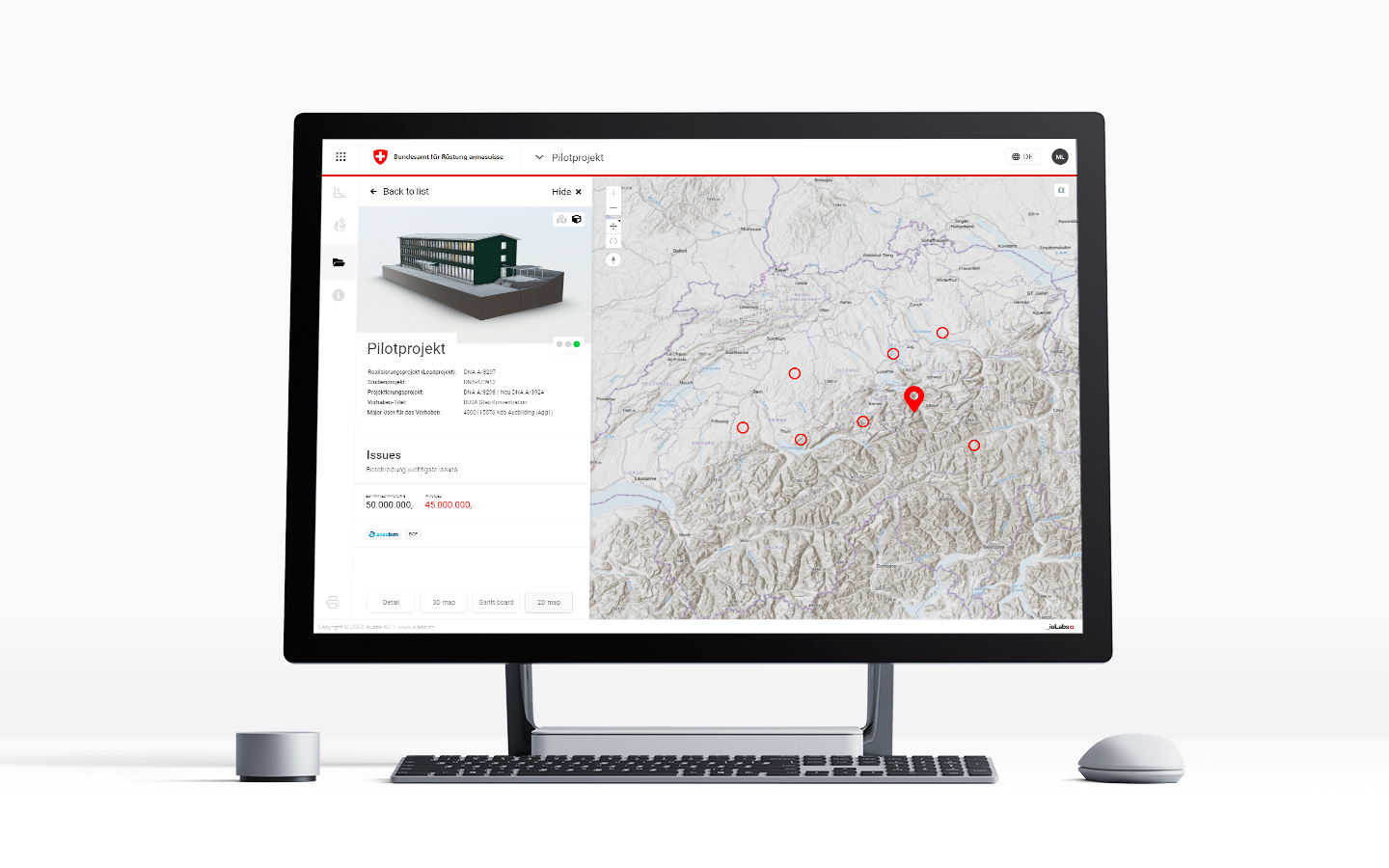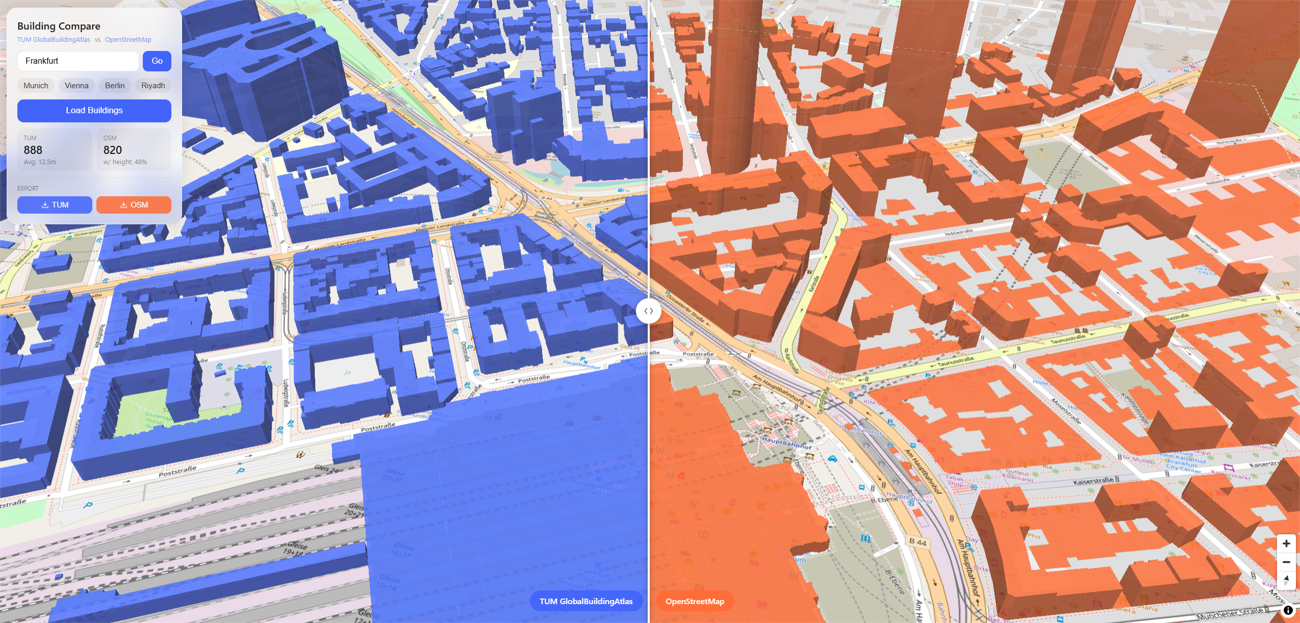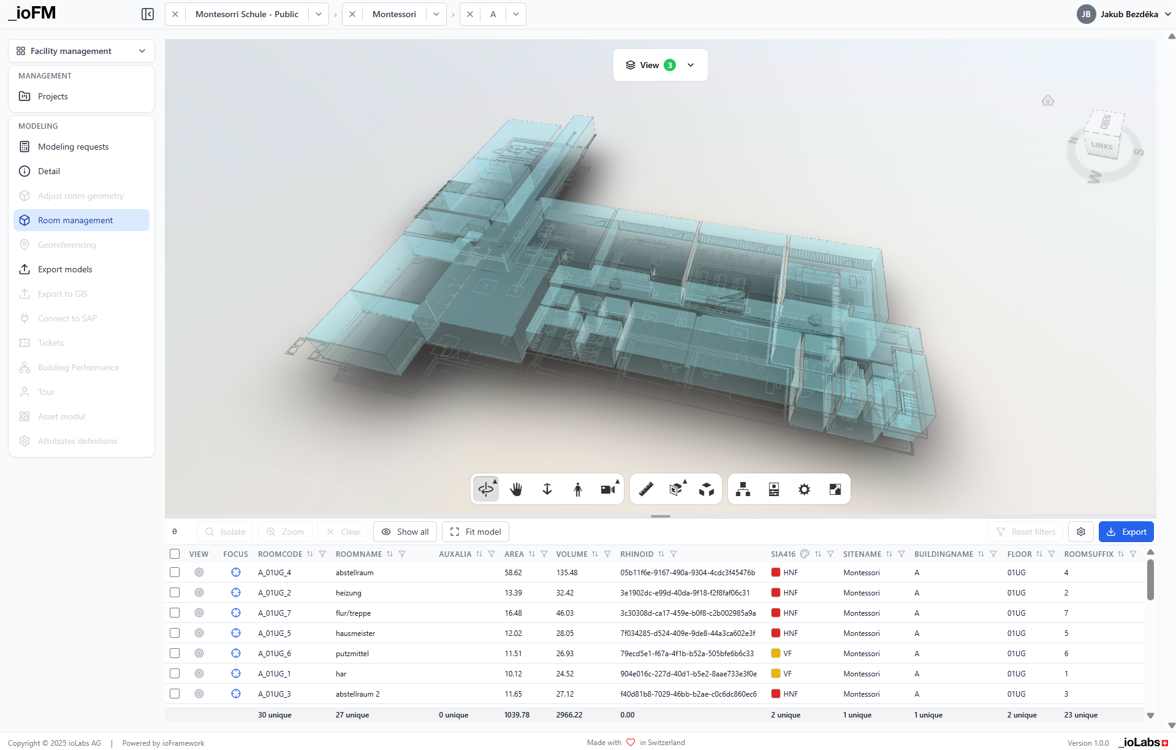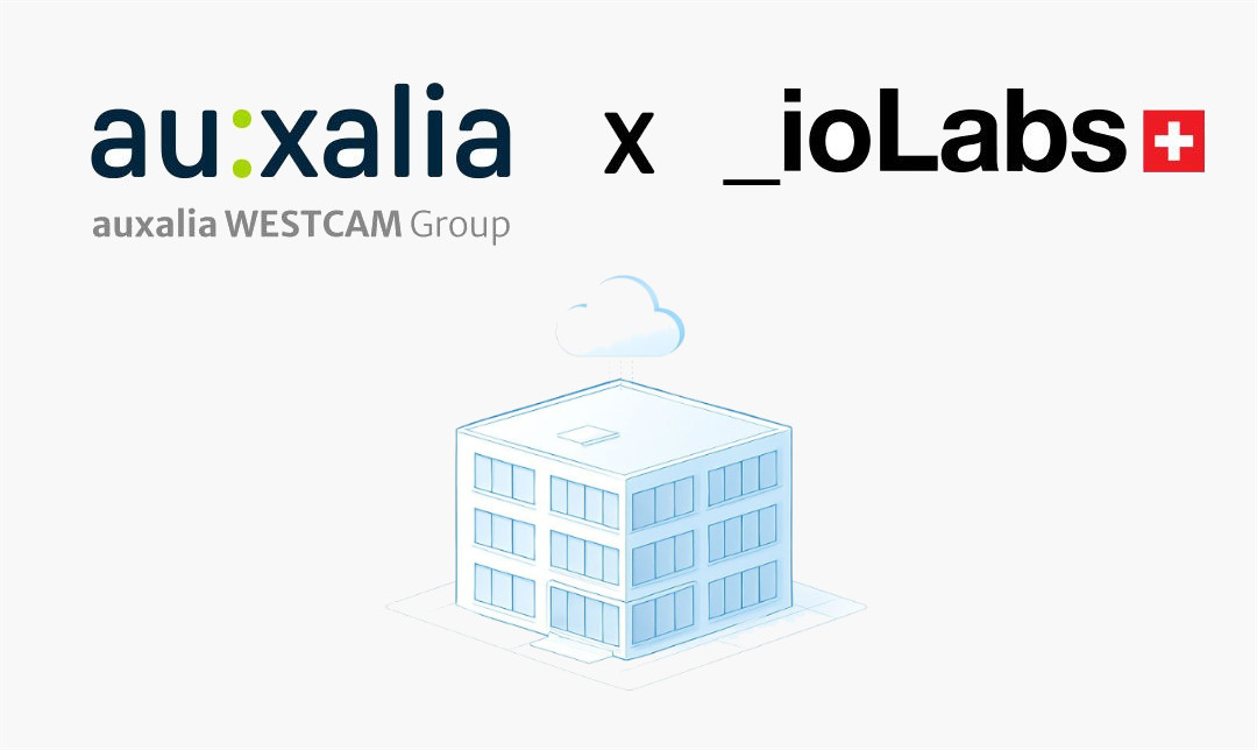V naší profesi se na nás klienti často obracejí s dotazem, jaký webový prohlížeč by měli pro své projekty použít. Postupem času byly tyto dotazy tak časté, že jsme se rozhodli naše poznatky shrnout do přehledného srovnání námi nejvíce doporučovaných možností.
Tento článek se podrobněji zabývá dvěma prohlížeči, se kterými pravidelně pracujeme: APS Viewer od Autodesku a IFC.js od ThatOpenCompany. S oběma nástroji máme rozsáhlé praktické zkušenosti a zjistili jsme, že jsou spolehlivé a efektivní – každý v jiném kontextu.
Obě řešení nabízejí výkonné možnosti pro zobrazení a interakci s BIM modely v prohlížeči, liší se však zásadně v architektuře, licencování a určených případech použití. Tento článek nabízí vyvážené srovnání, které vám pomůže vybrat ten správný nástroj pro váš projekt.
Pro lepší srozumitelnost a konzistenci používá tento článek označení IFC.js pro open-source ekosystém webového prohlížeče, který je nyní oficiálně znám jako That Open Components (nebo někdy Open BIM Components). Tento název odráží původní a široce známou značku, přestože byl projekt mezitím reorganizován do modulárního nástrojového balíčku.
Přehled viewerů
APS Viewer
Autodesk Viewer je součástí balíčku služeb Autodesk Platform Services (APS). Tento Viewer, znám také pod původním názvem "Forge", nabízí robustní webové zobrazení široké škály formátů od Autodesku i běžných průmyslových standardů, včetně Revit, DWG a IFC. Na rozdíl od IFC.js je tento prohlížeč závislý na cloudovém zpracování a vyžaduje převod souborů do proprietárního zobrazovacího formátu.
IFC.js
That Open Components je modulární open-source ekosystém pro zobrazení IFC modelů v prohlížeči. Využívá WebGL a běží zcela na straně klienta – bez nutnosti cloudových služeb nebo proprietárního backendu. Tento přístup klade důraz na jednoduchost, možnost offline použití a dodržování otevřených standardů, což z něj činí ideální volbu pro vývojáře, kteří chtějí vytvářet lehké BIM aplikace nebo nástroje založené na formátu IFC.
Demo příklady
APS Viewer Demo:
https://viewer.autodesk.com
Nahrajte svůj vlastní model nebo prozkoumejte ukázkový Revit soubor pomocí prohlížeče hostovaného společností Autodesk.
Srovnání funkcí
| Funkce |
APS Viewer |
IFC.js |
| Licence |
Proprietär (via APS) |
Open-source (MIT/MPL-2.0) |
| Podporované formáty |
RVT, DWG, IFC, STEP, OBJ, etc. 80+ podporovaných formátů |
IFC |
| Rendering |
Rendering v cloudu s přenosem do prohlížeče |
U klienta (WebGL) |
| Hosting |
Autodesk cloud-based |
Plně hostováno lokálně (self-hosted) |
| Možnost offline využití |
Ne |
Ano |
| Možnosti přizpůsobení |
Bohaté API (JavaScript), ale uzavřený zdrojový kód |
Plná kontrola díky otevřenému zdrojovému kódu |
| Integrace |
Úzká integrace s ekosystémem Autodesk (ACC, BIM360, Revit, Fusion) |
Lehký a efektivní pro IFC workflow |
| Cena |
Součást předplatného ACC Document Management, nebo platba podle použití pomocí APS kreditů |
Zdarma |
| Otevřené standardy |
Podpora IFC prostřednictvím převodu |
Silná nativní podpora IFC |
| Složitost nastavení |
Vyžaduje nastavení API, autentizaci a konverzní pipeline |
Jednoduché pro webové vývojáře |
Kdy zvážit APS Viewer
- Pracujete s různými proprietárními formáty Autodesku (RVT, DWG atd.)
- Potřebujete škálovatelnou cloudovou infrastrukturu a zpracování na backendu
- Vaše pracovní postupy již využívají produkty Autodesku jako ACC, BIM 360 nebo Revit
- Potřebujete pokročilé funkce jako detekci kolizí, verzování nebo nástroje pro poznámky
Kdy zvážit IFC.js
- Pracujete se soubory IFC a dáváte přednost open-source nástrojům
- Vaše aplikace musí fungovat offline nebo být nasazena v lokálním prostředí
- Chcete mít plnou kontrolu nad zdrojovým kódem
- Váš projekt vyžaduje souladu s openBIM nebo transparentnost ve veřejném sektoru
Typický scénář využití u klienta
APS Viewer integrace:
SIEMENS FireBIM
Firma SIEMENS Schweiz AG použila APS Viewer, protože potřebovala pokročilým způsobem pracovat s obsahem modelů Revit. V současnosti neexistuje jiná vhodná alternativa pro práci s nativními Revit soubory a aplikace de facto funguje jako člen týmu. APS Viewer přesně odpovídá jejich potřebám. Skutečnost, že jsou data zpracovávána v USA, pro ně nepředstavuje žádné omezení – tento workflow pro ně funguje bezchybně.
SIEMENS FireBIM
IFC.js integrace:
Armasuisse Multi-CDE Data Management
Armasuisse požadovala jednoduché, lehké a lokálně provozované řešení. Pro Švýcarskou armádu nebylo přijatelné uchovávat data mimo vlastní infrastrukturu nebo umožnit přístup třetím stranám. IFC.js poskytl hladké a výkonné řešení, které bylo vhodné i pro projekty s vysokými bezpečnostními nároky. Cílem bylo zobrazit informace obsažené v IFC souborech a programově extrahovat metadata. V tomto kontextu se IFC.js ukázal jako ideální volba.
Multi-CDE Data Management pro armasuisse Real Estate
Závěr
APS Viewer i IFC.js nabízejí výkonné a vyspělé možnosti pro zobrazení a interakci s BIM modely přímo v prohlížeči – ale jsou postaveny na zcela odlišných filozofiích. Autodesk Viewer představuje funkcemi nabitou cloudovou platformu navrženou pro rozsáhlé enterprise workflow a hlubokou integraci do ekosystému Autodesku. IFC.js naproti tomu je rychle se vyvíjející open-source framework zaměřený na flexibilitu, transparentnost a nezávislost na proprietárních systémech. Pochopení klíčových rozdílů mezi těmito dvěma přístupy je zásadní pro výběr správného nástroje – ať už budujete komplexní CDE platformu, lehký IFC prohlížeč nebo vlastní aplikaci, která vyžaduje kontrolu, škálovatelnost nebo offline funkčnost.
- APS Viewer vyniká v enterprise prostředí, kde je klíčová hluboká integrace do Autodesk ekosystému, podpora více formátů a cloudová škálovatelnost.
- IFC.js upřednostňuje otevřenost, jednoduchost a klientskou (on-premise) instalaci – ideální pro lehké aplikace a workflow založené na IFC.
Volba mezi oběma možnostmi závisí především na požadavcích vašeho projektu, co se týká formátů, infrastruktury a vývojových preferencí.
Kromě APS Viewer a IFC.js existují i další schopné webové prohlížeče, které mohou být vhodné v závislosti na konkrétním použití. Například xBIM (zaměřený na .NET a integraci s openBIM), Esri Web Scene Viewer (ideální pro GIS a geodata) nebo xeoKit (lehký a výkonný prohlížeč pro složité 3D modely) – každý má své specifické výhody. Ve společnosti ioLabs tato řešení vyhodnocujeme podle potřeb projektu, s důrazem na výkon, otevřenost a možnosti integrace.
Máte dotazy? Napište nám e-mail.
